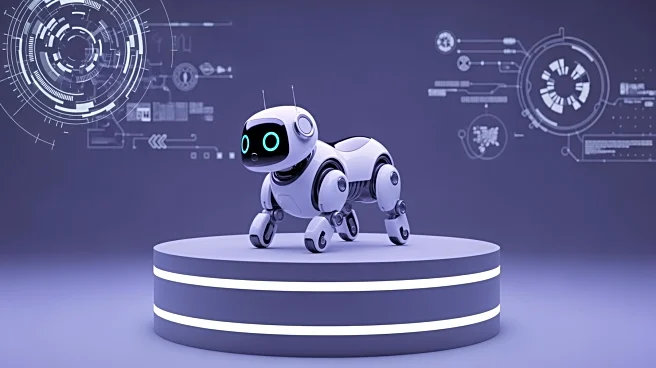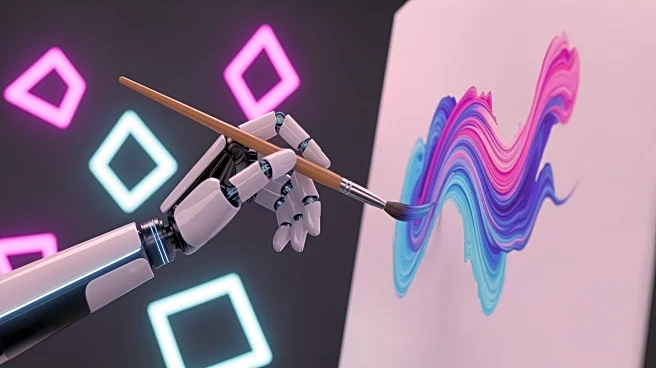What's Happening?
A video featuring Unitree's G1 humanoid robot attempting to cook a stir-fry has gone viral, showcasing the robot's struggle to handle a pan, resulting in food being scattered across the kitchen. The incident,
widely shared by platforms such as Interesting Engineering and Futurism, underscores the current limitations of humanoid robots in performing everyday tasks. Despite the comedic nature of the video, it highlights the ongoing challenges in robotics development, where most humanoid robots are still teleoperated rather than fully autonomous. The event serves as a reminder of the complexity involved in replicating human skills like cooking, which have been refined over thousands of years.
Why It's Important?
The viral video of the robot's cooking mishap brings attention to the broader implications of humanoid robotics in society. While the incident may seem trivial, it reflects the significant technical progress required to achieve autonomous functionality in robots. The development of humanoid robots capable of performing everyday tasks could revolutionize industries such as home automation and personal assistance. However, the current limitations suggest that widespread adoption is still years away. The video also raises questions about public perception and market interest in robotics, which could impact investment and innovation in the field. As robotics technology advances, overcoming skepticism and demonstrating practical applications will be crucial for its integration into daily life.
What's Next?
The continued development of humanoid robots will likely focus on improving autonomous capabilities and refining their ability to perform complex tasks. Robotics companies may invest in enhancing machine learning algorithms and sensor technologies to enable more precise and reliable operations. As public interest in robotics grows, there may be increased collaboration between tech companies and research institutions to accelerate advancements. Additionally, addressing public concerns and demonstrating the practical benefits of humanoid robots will be essential for gaining consumer trust and driving market adoption. The future of robotics will depend on balancing technological innovation with societal acceptance and ethical considerations.
Beyond the Headlines
The incident with the humanoid robot also highlights ethical and cultural dimensions in the field of robotics. As robots become more integrated into society, questions about their role, impact on employment, and ethical treatment will become increasingly relevant. The portrayal of robots in media, often focusing on failures, can influence public perception and potentially hinder progress. Recognizing the achievements and challenges in robotics development is crucial for fostering a balanced understanding of the technology's potential. Long-term shifts in robotics could lead to transformative changes in how humans interact with machines, necessitating thoughtful consideration of the implications for society.











